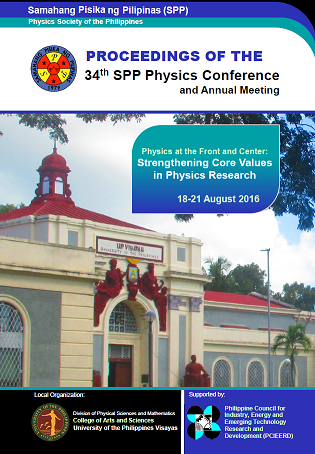Nearest-neighbor distributions of economic and administrative structures in capital cities of the Philippines
Abstract
Urbanization in cities corresponds to the increase in economic and administrative facilities. Empirically, it has been found that there exists a positive correlation between population and facility density. In the present work, we investigate how the administrative and economic buildings are distributed in representative cities in Metro Manila. Our empirical analysis shows that administrative buildings tend to scatter, with separation distances in the order of 102 m while economic facilities tend to cluster, at around 10−1 m. Analysis of the distance probability distributions shows that administrative buildings are highly dependent on the location, while economic buildings have comparable statistics regardless of actual locations.
Downloads
Issue
Physics at the front and center: Strengthening core values in physics research
18–21 August 2016, University of the Philippines Visayas, Iloilo City
SPP2016 Conference Organizers
SPP2016 Editorial Board
SPP2016 Partners and Sponsors











